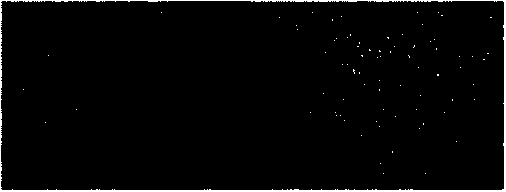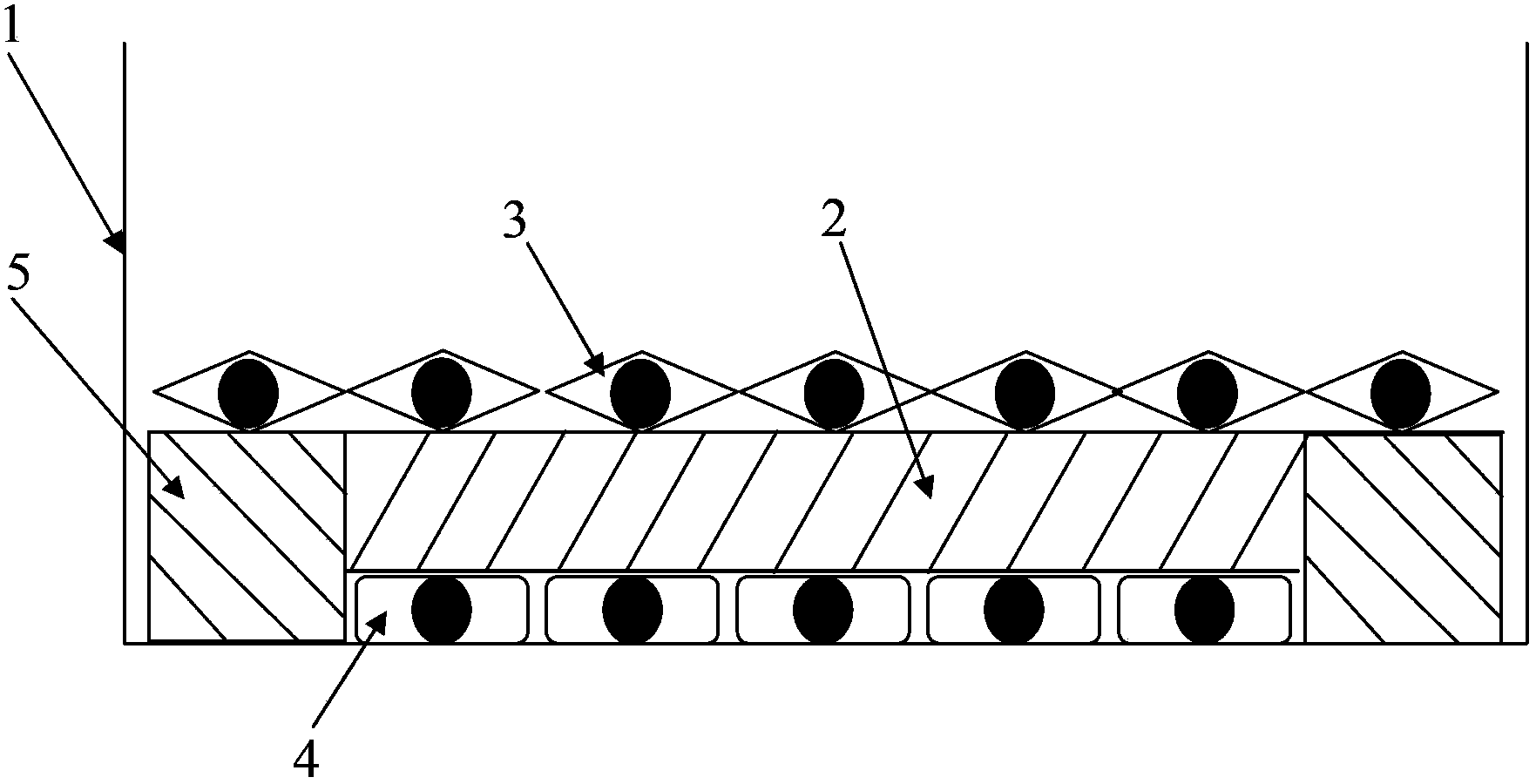Method for inducing in vitro directional differentiation of stem cells by cell co-culture
A culture method and stem cell technology, applied in the field of cell co-culture induced stem cell directional differentiation in vitro, can solve the problems of induced cell and stem cell contamination, high price, and inability to apply clinically, avoid expensive materials and processes, and improve the differentiation effect. The effect of differentiation efficiency
- Summary
- Abstract
- Description
- Claims
- Application Information
AI Technical Summary
Problems solved by technology
Method used
Image
Examples
Embodiment 1
[0040] Example 1: Cell co-culture promotes directed differentiation of human mesenchymal stem cells into neural precursor cells
[0041] The 4th generation human umbilical cord mesenchymal stem cells were divided into 2 × 10 4 cells / cm 2 The density is inoculated in the inner area of the ring gasket with an inner diameter of 35 mm, and the thickness of the gasket is 300 μm, and DMEM culture solution containing 10% FBS is added to culture overnight.
[0042] Add agarose powder into water and pressurize at 121°C for 20 minutes to obtain a 3% (W / V, g / ml) agarose storage solution. Sodium alginate (molecular weight 430kDa, ratio of guluronic acid to mannuronic acid 1.5) powder was dissolved in physiological saline to obtain a 1.5% (W / V, g / ml) solution. Dilute the preheated 3% (W / V, g / ml) agarose storage solution and 1.5% (W / V, g / ml) sodium alginate solution with water to prepare the final agarose concentrations of 0.35, 0.7 and 1.4% respectively (W / V, g / ml) mixture, the final ...
Embodiment 2
[0044] Example 2: Cell co-culture promotes directed differentiation of human embryonic stem cells into cardiac progenitor cells
[0045] The 32nd generation human embryonic stem cell line H9 cells were inoculated in the inner area of the ring gasket with an inner diameter of 35 mm, and the thickness of the gasket was 100, 500 and 1000 μm, respectively, and DMEM culture medium containing 10% FBS was added to culture overnight.
[0046] Add the agarose powder into the water, pressurize at 121°C for 20 minutes, and obtain a 3% (W / V, g / ml) agarose storage solution. Sodium alginate (molecular weight 430kDa, ratio of guluronic acid to mannuronic acid 1.5) powder was dissolved in physiological saline to obtain a 1.5% (W / V, g / ml) solution. Dilute the preheated 3% (W / V, g / ml) agarose storage solution and 1.5% (W / V, g / ml) sodium alginate solution with water to prepare agarose with a final concentration of 0.7 (W / V, g / ml), the final concentration of sodium alginate is 0.4% (W / V, g / ml)...
PUM
 Login to View More
Login to View More Abstract
Description
Claims
Application Information
 Login to View More
Login to View More - R&D
- Intellectual Property
- Life Sciences
- Materials
- Tech Scout
- Unparalleled Data Quality
- Higher Quality Content
- 60% Fewer Hallucinations
Browse by: Latest US Patents, China's latest patents, Technical Efficacy Thesaurus, Application Domain, Technology Topic, Popular Technical Reports.
© 2025 PatSnap. All rights reserved.Legal|Privacy policy|Modern Slavery Act Transparency Statement|Sitemap|About US| Contact US: help@patsnap.com



